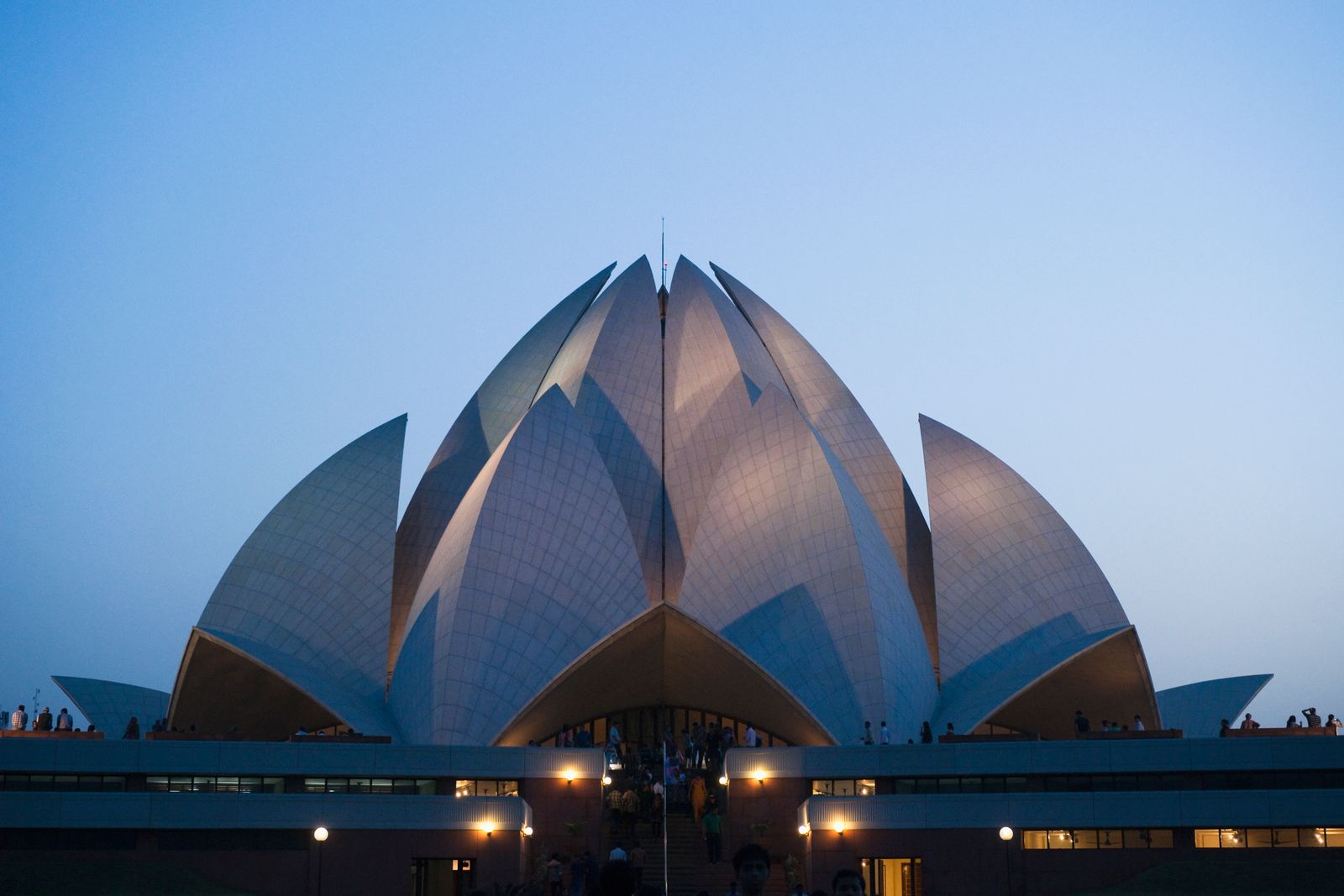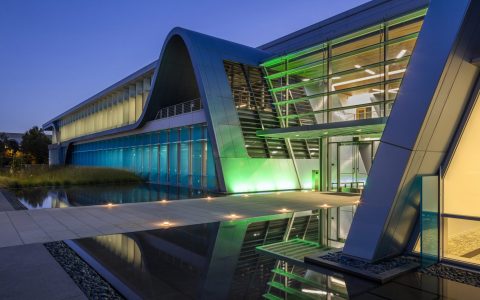Architecture transcends mere construction to become artwork when it intentionally integrates aesthetic principles, conceptual depth, and emotional resonance. It is the art and science of designing buildings and other physical structures, where the "art" component elevates functional space into an experience that communicates and inspires.
Key Artistic Dimensions in Architecture
Several dimensions contribute to the artistic quality of architecture:
- Form and Composition: The sculptural quality, silhouette, and interplay of volumes. This includes the building's overall shape and how its components are arranged to create harmony, dynamism, or intentional tension.
- Space and Light: The deliberate manipulation of interior and exterior spaces, voids, and solids. Light, both natural and artificial, is crucial in shaping perception, defining form, and evoking atmosphere.
- Materiality and Texture: The thoughtful selection and application of materials for their inherent aesthetic qualities, tactile sensations, and ability to convey meaning or character.
- Rhythm and Proportion: The ordered repetition or variation of elements, and the harmonious relationship between different parts of a structure and the whole. Classical orders, for example, heavily relied on proportion.
- Concept and Narrative: The underlying idea, philosophy, or story that the building aims to express. This conceptual framework guides design decisions and imbues the structure with deeper meaning.
- Ornamentation and Detail: While not always central to modernism, carefully considered ornamentation and detailing can significantly enhance a building's artistic expression, adding layers of visual interest and craftsmanship.
Manifestations of Architectural Artwork
The artistic aspect of architecture can be observed in various forms:

- Iconic Structures: Buildings that become cultural symbols due to their unique and powerful aesthetic (e.g., Sydney Opera House, Fallingwater).
- Expressive Façades: The building's skin designed not just for protection but as a canvas for artistic expression through pattern, material, or technological innovation.
- Atmospheric Interiors: Spaces designed to elicit specific emotional or psychological responses through the careful orchestration of volume, light, color, and material.
- Integrated Art: Where artworks like sculptures, murals, or installations are conceived as integral parts of the architectural design, rather than later additions.
- Conceptual & Visionary Architecture: Designs that prioritize artistic exploration and intellectual provocation, often pushing the boundaries of what is considered buildable or conventional.
Ultimately, architecture as artwork enriches the human environment, reflects cultural values, and offers profound experiential encounters. It stands as a testament to human creativity, shaping our cities and influencing our perception of the world.







